Bizarre Alien Planets Made Of Exotic Hot Ice
MessageToEagle.com – The Universe is full of many strange and incredible things.
Recently astronomers announced they discovered that warp-speed planets can actually zoom through space at a few percent of the speed of light, up to 30 million miles per hour! Space is indeed full of wonders and there are alien worlds that are beyond our imagination.
Just imagine a planet where ice is actually hot! It’s fantastic, isn’t it?
Astronomers are now discovering more and more so-called “water world,” which might be covered in broiling-hot ice!
Located about 30 light years from Earth, there is a planet which orbits a small star, GJ 436. On this planet we find exotic form of water.
Some years ago, a team led by Michael Gillon of Geneva University in Switzerland observed the planet transiting its host star using a telescope at the Observatoire Francois-Xavier Bagnoud (OFXB) in Saint-Luc, Switzerland.
The astronomers were able to measure the planet’s width, which provides clues to its composition and structure. It turns out to be about 50,000 kilometers wide, roughly four times the width of Earth and about the size of Neptune.
Based on various calculations, the researchers realized that the planet is too compact to be made mostly of hydrogen gas, like Jupiter, but not compact enough to be a rocky ‘super Earth’, as some had speculated. Instead, they believe it must be made mostly of an exotic form of water
What is exotic form of water?
“Water has more than a dozen solid states, only one of which is our familiar ice,” says team member Frederic Pont of Geneva University. “Under very high pressure, water turns into other solid states denser than both ice and liquid water, just as carbon transforms into diamond under extreme pressures.”
Although the parent star is much cooler than the Sun, the planet orbits 13 times closer to the star than Mercury’s orbit around the Sun.
That means the surface must be a blazing hot 300° C or more, keeping water in its atmosphere in vapor form.
But the high pressures in the planet’s interior would compress the water so much that it would stay solid even at hundreds of degrees Celsius – the expected temperatures inside the planet.
There are a variety of exotic ‘hot ice’ states possible in such conditions, with names like ‘Ice VII’ and ‘Ice X’.
Because the planet is so closed to its star, water would not have condensed to form the GJ 436 planet.
It must have formed farther out and migrated inwards.
Other similar planets out there could have stabilized at the right distance from the star to become “ocean planets,” Frederic Pont explained.
Astronomers will most likely find many more similar exotic ocean worlds.
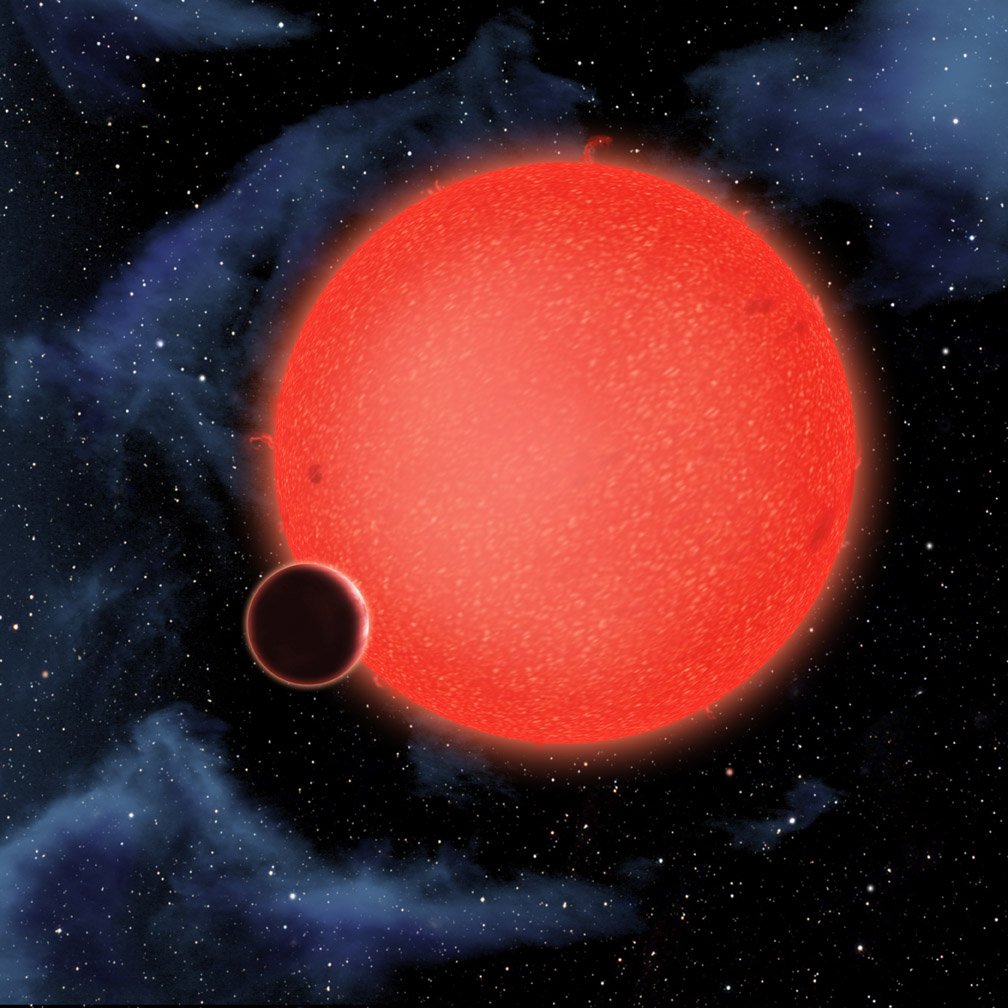
“To me, it proves that there are many planets with liquid water, because if there’s one like this, it could have been a bit further from the star and then the temperature would have been right,” Frederic Pont said.
Another similar planet is dubbed GJ1214b. The planet is located in the direction of the constellation Ophiuchus, and just 40 light-years from Earth.
Astronomers will most likely find many more similar exotic ocean worlds. “To me, it proves that there are many planets with liquid water, because if there’s one like this, it could have been a bit further from the star and then the temperature would have been right,” Frederic Pont said.
See also:
10 Astronomy Facts: Remarkable, Fascinating And Puzzling
Collisions Of Galaxies: Spectacular And Fascinating Celestial Fireworks
HD 20782: A Highly ‘Eccentric’ Planet About 117 Light-Years From Earth – Observed
Another similar planet is dubbed GJ1214b. The planet is located in the direction of the constellation Ophiuchus, and just 40 light-years from Earth.
Our solar system contains three types of planets: rocky, terrestrial worlds (Mercury, Venus, Earth, and Mars), gas giants (Jupiter and Saturn), and ice giants (Uranus and Neptune). Planets orbiting distant stars come in an even wider variety, including lava worlds and “hot Jupiters.”
GJ1214b is different. It represents a brand new classification of planet: a veritable world of H2O, encased within a thick atmosphere of water vapor.
The internal structure of GJ1214b would be very different than our world.
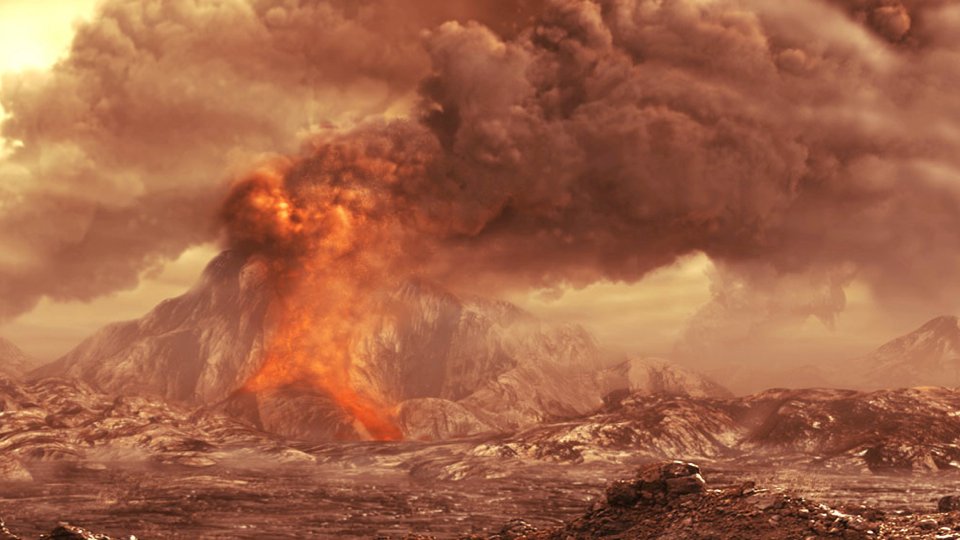
“GJ1214b is like no planet we know of,” explained astronomer Zachory Berta, who led the team that revealed the exoplanet’s secret. “A huge fraction of its mass is made up of water.”
“Based on our observations, this atmosphere would likely consist of more than 50% water by mass,” write the researchers in the paper describing their findings.
GJ1214b’s density is close to just 1.9 grams per cubic centimeter. Water has a density of 1 g/cm3. The fact that Earth’s average density is 5.5 g/cm3 suggests that GJ1214b is harboring a lot more water than Earth and much less rock.
But despite its hydrous nature, GJ1214b would still be inhospitable to human life, due primarily to the fact that its proximity to its sun gives it an estimated surface temperature in excess of 230 degrees Celsius.
“The high temperatures and high pressures would form exotic materials like ‘hot ice’ or ‘superfluid water.'” explained Berta, “substances that are completely alien to our everyday experience.”
What more exotic alien worlds are out there? Only time can tell.
Copyright © MessageToEagle.com All rights reserved. This material may not be published, broadcast, rewritten or redistributed in whole or part without the express written permission of MessageToEagle.com
Related Posts
-
 Astronomers May Have Solved A Mysterious Stellar Event
No Comments | Dec 9, 2024
Astronomers May Have Solved A Mysterious Stellar Event
No Comments | Dec 9, 2024 -
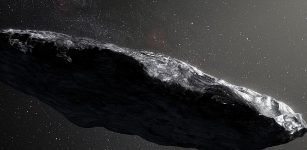 ‘Oumuamua With Highest Eccentricity Ever Observed, Originates From Binary Star System
No Comments | Mar 20, 2018
‘Oumuamua With Highest Eccentricity Ever Observed, Originates From Binary Star System
No Comments | Mar 20, 2018 -
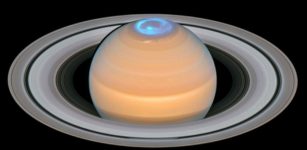 Why Is Saturn’s Atmosphere So Hot? Auroras May Be Responsible
No Comments | Apr 8, 2020
Why Is Saturn’s Atmosphere So Hot? Auroras May Be Responsible
No Comments | Apr 8, 2020 -
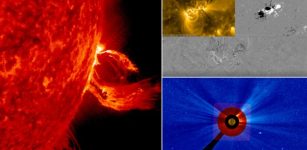 New Space Storm Alerts Could Protect Earth’s Technology
No Comments | Jul 20, 2024
New Space Storm Alerts Could Protect Earth’s Technology
No Comments | Jul 20, 2024 -
 Star Formation Is Triggered By Cloud-Cloud Collisions – New Study
No Comments | May 13, 2021
Star Formation Is Triggered By Cloud-Cloud Collisions – New Study
No Comments | May 13, 2021 -
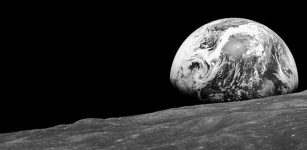 Evidence Of Solar-Driven Change On The Moon Discovered
No Comments | Aug 21, 2021
Evidence Of Solar-Driven Change On The Moon Discovered
No Comments | Aug 21, 2021 -
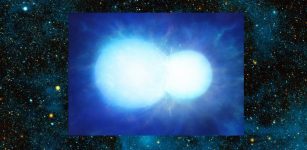 Merger Of Two White Dwarfs Produces A Bizarre Star Only 150 Light-Years From Us
No Comments | Mar 10, 2020
Merger Of Two White Dwarfs Produces A Bizarre Star Only 150 Light-Years From Us
No Comments | Mar 10, 2020 -
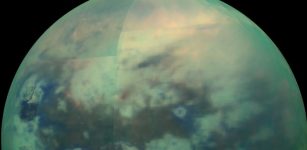 New Study Sheds More Light On Saturnʻs Moon Titan And Its Surface
No Comments | Oct 18, 2019
New Study Sheds More Light On Saturnʻs Moon Titan And Its Surface
No Comments | Oct 18, 2019 -
 Merkhet – An Ancient Egyptian Timekeeping Instrument
No Comments | Jan 15, 2016
Merkhet – An Ancient Egyptian Timekeeping Instrument
No Comments | Jan 15, 2016 -
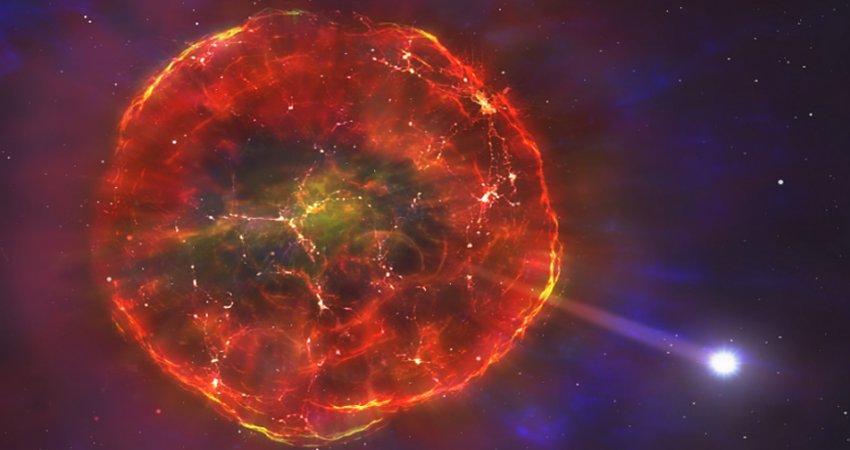 Bizarre White Dwarf Star Blasted Itself Out Of Its Orbit And Travels Across Milky Way
No Comments | Jul 20, 2020
Bizarre White Dwarf Star Blasted Itself Out Of Its Orbit And Travels Across Milky Way
No Comments | Jul 20, 2020
